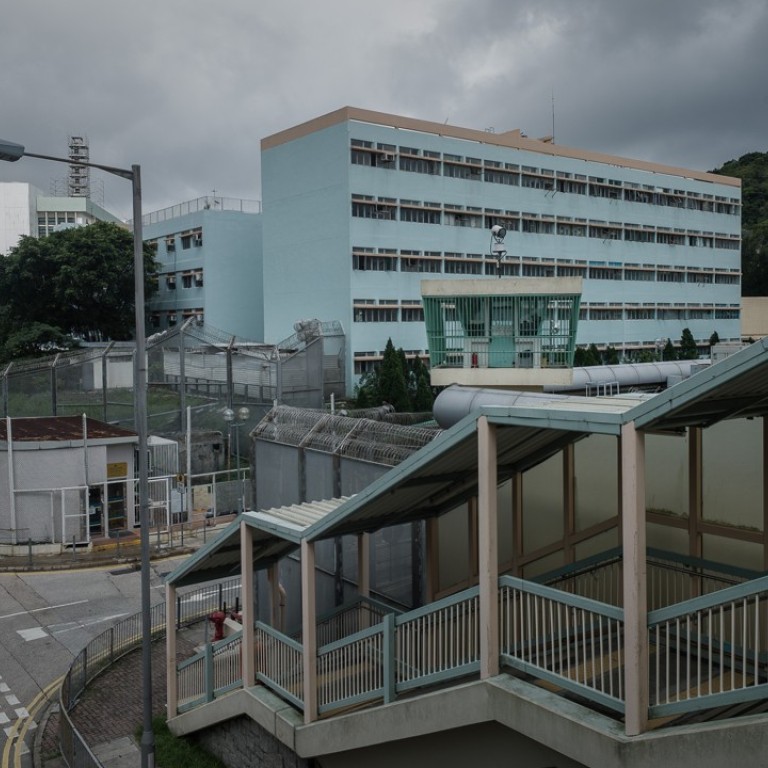
Hong Kong can do more to rehabilitate criminals
The city has a good record, with the reoffending rate among the world’s lowest. Yet experience overseas shows that we can do better still
The treatment of prisoners is not something widely discussed in any society. Hong Kong is no exception. Unless specific issues arise, as in case of whether inmates at a Lantau institution should be allowed to play with stray cats, we tend to assume that those behind bars are being treated according to the rules. After all, they are meant to be punished for the crimes they have committed.
But there is more to correctional services than just locking up offenders. The issues involved were put into perspective in a series of reports in the South China Morning Post last month. The percentage of ex-prisoners going back to jail within two years of release has steadily dropped from 40 per cent in 2000 to 26 per cent in 2014. While the city appears to be doing quite well, compared with the reoffending rates of 76 per cent in the United States and 20 per cent in Norway, it comes with a high price tag. The estimated cost to the community in legal processes, rehabilitation and crime prevention between 2012 and 2016 amounted to HK$380 billion.
Also worthy of reflection are the conditions of prisons and the approach to rehabilitation. Singapore has announced plans to implant chips in inmates – a move aimed at freeing up prison guards for better rehabilitation efforts. Other countries believe in treating inmates as normally as possible. For instance, those in a Norwegian prison in Halden, one of the world’s most humane, have access to facilities far better than those found among middle-class families in Hong Kong. A study by British experts and human rights watchers in 1997 gave a relatively clean bill of health for the city’s penal system. But the report also called for more emphasis on rehabilitation, which, to the credit of the Correctional Services Department, has been followed up proactively. But as the department rightly acknowledged, there is still room for improvement. Hong Kong prisons are still more punitive than those in northern Europe.
While we probably do not have to go that far, the situation should be reviewed in light of overseas trends and practices. The principle is to ensure that offenders, while paying for the crimes committed, will also be given the chance to rehabilitate.

